Surprising old-timers
This post was written by James Nye
Several of us field enquiries that come from all over the globe, addressed to the secretary at Ticehurst, and which predictably often turn on the issue of ‘How much is my clock worth’, or ‘I found this in the attic. What is it?’
We don’t do the Antiques Roadshow valuation bit – we leave that to our good friends at places like Bonhams and Christies – they know markets.
But if there’s a bit of a challenge in working out who made something, or where, or even why, the AHS team fires up. On the fringes of timekeeping, all sorts of things can crop up, like the ‘pipsqueak’ system in fighter planes, which David covered back in April.
On a theme from my last post (bombing), a colleague and I found ourselves swapping pictures of mine timers recently – mine’s a Mark IV (did you see what I did there?) but his is a splendid Mark I – giving 44 days and 23 hours of delay – all part of the dirty tricks played by both sides in the Second War with secondary and much delayed explosions catching rescue workers.
The movements of these British timers are of the excellent ‘Reform’ type, from Schild, which featured in David Read’s wonderful journal article on the electric remontoire.
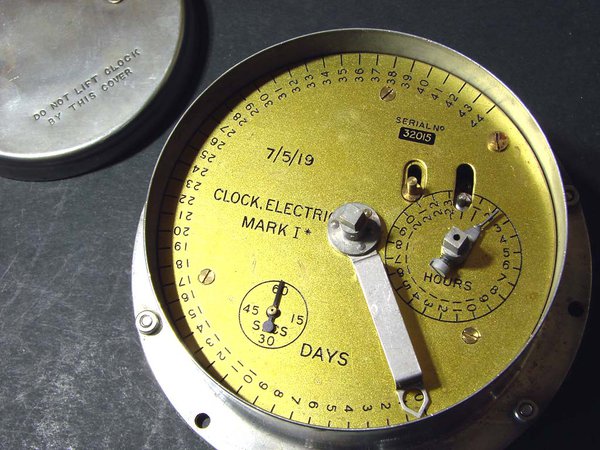
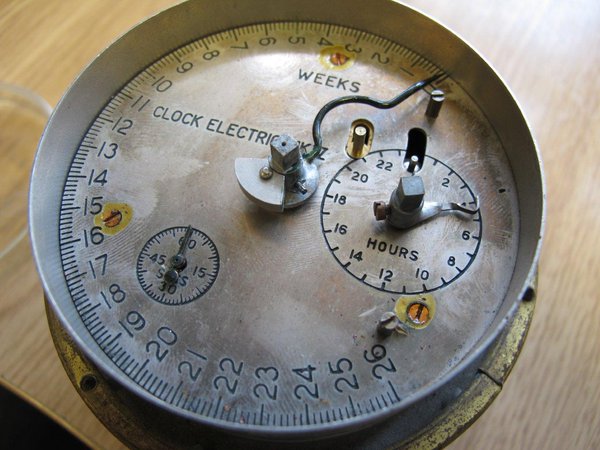
A recent enquiry offered another object lesson in technology linking distant people and allowing the discovery of deeply hidden information. A Ticehurst correspondent (location at first unknown) asked about an electrical clock movement, admitting ‘it is in very bad shape’ and ‘the only name partially visible on the clock is PATENT K. HEIDECG’.
Settling down with a sandwich, and priding myself on an ability to navigate patent databases, I was on the case in seconds, but as I came to the end of my lunch, the crumb-filled keyboard had yielded no answer. Dispirited, I wrote back and asked for pictures.
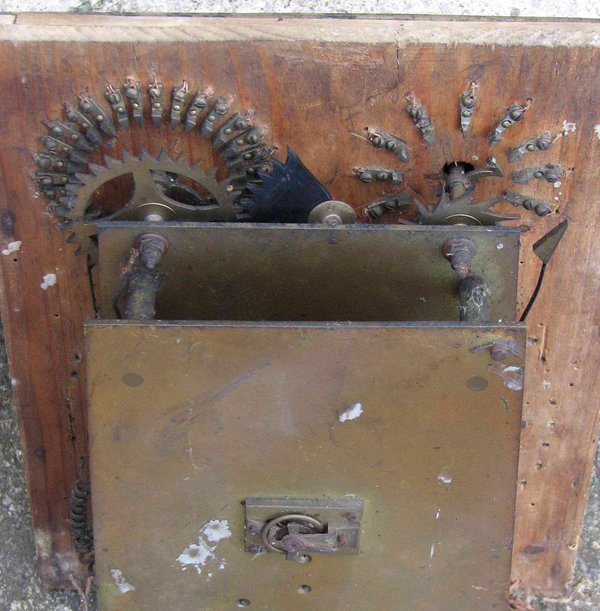
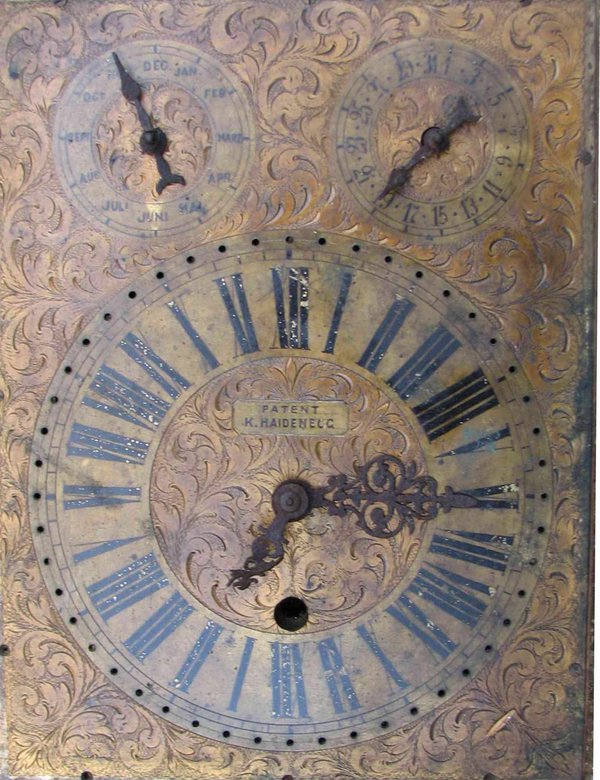
These came, and within moments we had our quarry snared with a one-for-one map to a patent taken out in 1896 by a postmaster – Mr Konstantin Haidenegg – from Pakrac in (what was then) Hungary, for an unusual timer, or signal clock.

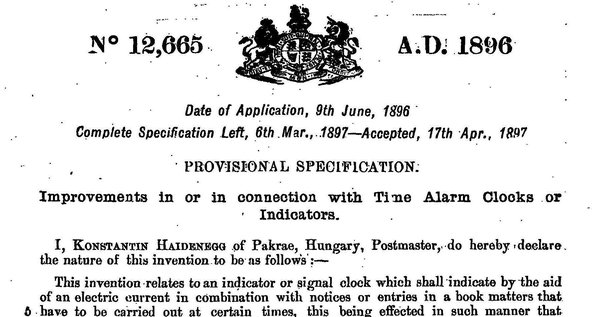
There was a Swiss patent as well, and no doubt a local Hungarian version first of all, but that has not been digitalised yet. However, all this was much to the delight of our correspondent, who lives in – wait for it – Pakrac (now in Croatia)!
No longer Hungary, and no longer hungry, my lunchtime wanderings weren’t wasted and we had another satisfied customer with a local object identified and destined for preservation. Job done!